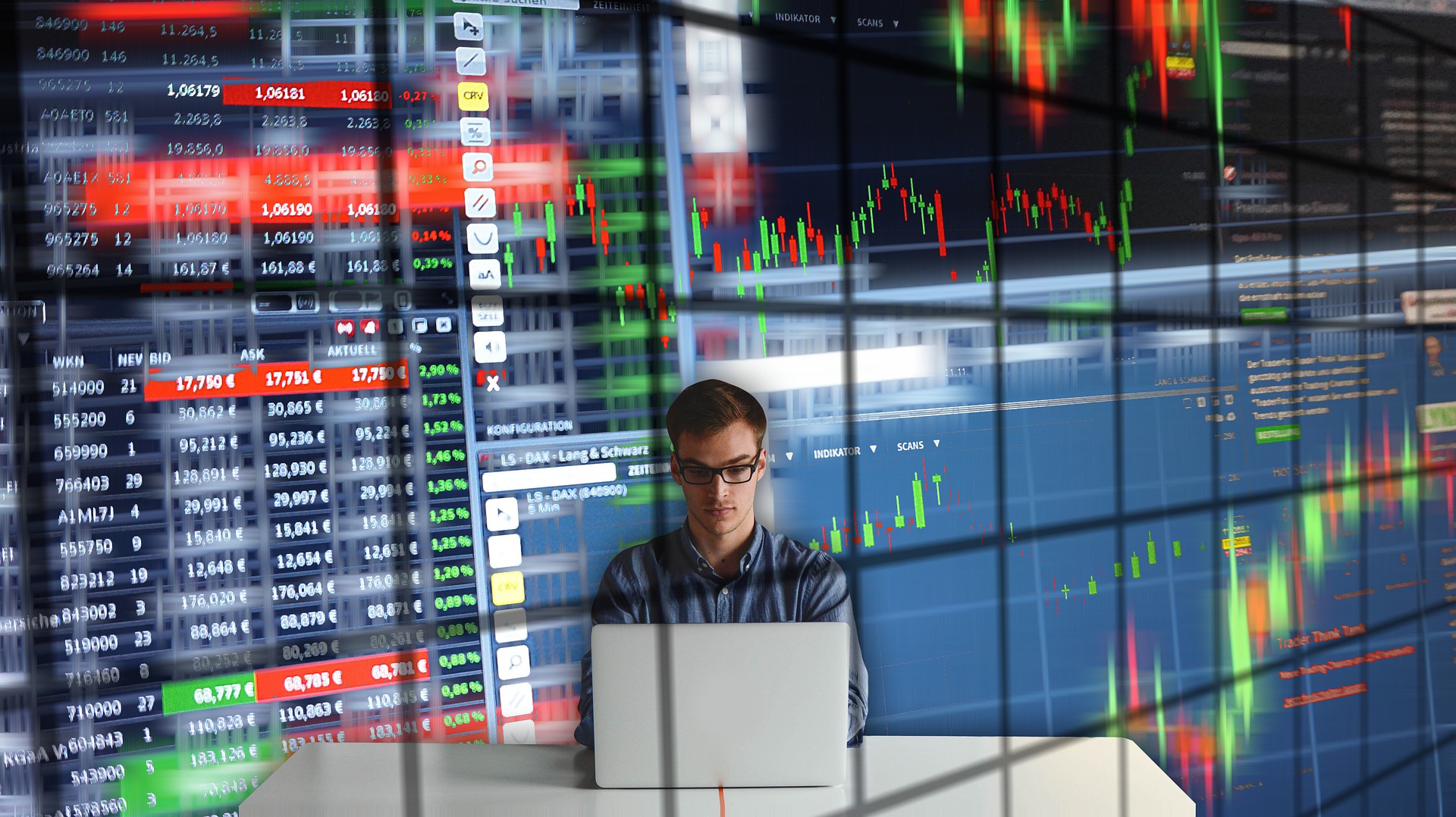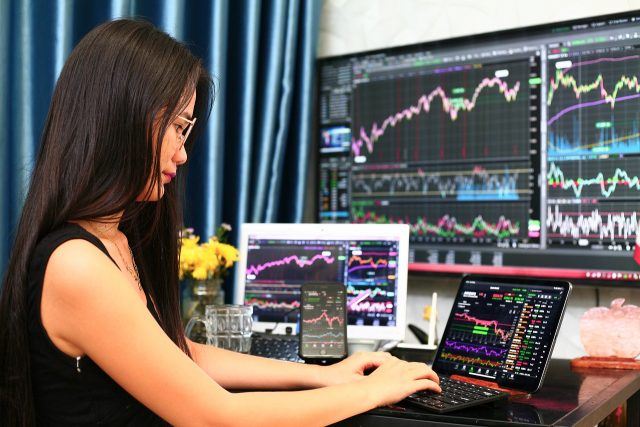Touch trading describes an approach where the trader gets into the market at the point of impact of live price with a location of interest – in many cases, horizontal support and resistance level. As noted below, there are multiple pros and cons to using this approach.
Merits
1. Getting In At the Source
Despite the guarantee that comes with market predictability as you await price action confirmation, a greater benefit comes with the ability to get in at the source. And it is noted as the most significant advantage of touch trading approach. The ability to get in at the source unlocks the door for an earlier entry and potentially a greater profit margin.
2. Extra Trade Setups
It should not surprise that touch trading bears more trading benefits than a conformist cautious method. Not using price action confirmations can eliminate the additional filters. Hence, whatever is left behind is a more elastic and adaptive trading strategy, generating more trading prospects.
Most investors can hardly alternate between a conventional and an aggressive trading method. Within this framework, it translates to touch trading not favoring every investor. Some investors favor piling a lot of odds in preference of a trading prospect as they can and cannot depend on hit-or-miss techniques, which depend on large sample sizes to showcase their value.
3. Tighter Trade Management
The concept behind touch trading is the ability to swiftly amend if you happen to swim against the market wave. This is logical since trading at the source enables an investor to reasonably expect the market to counter at the interest point. Therefore, the investor can swiftly bailout to curb the loss when the market does not respond as projected.
Regarding trade management technique, this leads typically into floating stop loss or tight fixed placements, which bank on the market’s sharp reversal of the significant support. A tighter stop can cause a rise in the risk to reward ratio. Plus, getting in early at the source brings the extra benefit of growing possible profit.
On the other hand, conventional price action trading styles frequently demand more comprehensive stop loss placements since an entry farther away from the origin has to integrate the prospect of a harmless pullback against the supposed direction.
Additional trading prospects and more significant profit possibility instinctively sound like a good plan until you flip it. Below, we have listed three demerits you must consider before embracing a touch trading technique.
Demerits
1. Lower Hit Rate
This disadvantage is potentially the greatest to consider in your journey to embrace the touch trading technique. Incremented trading chances barely ever come with the guarantee of an astronomical hit rate as well.
Whereas a touch trading method will bring more trading prospects, the aggressive technique necessitates higher trade-to-trade risk, which translates into reduced hit rate profits compared to those of a conventional pragmatic trader who favors waiting for explicit price action approvals.
Theoretically, one would think that blending lower trading frequency with a higher hit rate would virtually equal a method, which embraces a lower hit rate but higher trading frequency. Nonetheless, in real life, it is not that easy. But this is attributed to individual trading personalities, which differ significantly from investor to investor.
2. Not for Novice
It is common for gurus to pull new investors away from touch trading because it is aggressive and subjective. To become a successful touch trader, it is integral to be properly versed with the market and price action. The comprehension is deeper than highlighting some fundamental support and placing or restricting orders. It requires a lot of knowledge, but you can work around this by learning how pivot levels indicator works through several courses that you can find online.
Even though touch trading is often labeled “blind,” there is nothing that an investor can do with their eyes closed to bring them success. Possible trades frequently demand deep concentration and much “babysitting” through the first phase.
3. Subjective Trade Management
Essentially, the aggressive nature of this method is beneficial to this method but is also its Achilles heel. Emotional stability when trading is paramount and often a pursuit for many novice traders. A subjective trade technique, which depends on a swift response to the market’s performance, is complex for some traders to handle.
Final Thought
Touch trading is neither a pot of gold nor a cataclysmic event. How the trade turns out is heavily dependent on the trader’s personality, experience, and comfort zones. And from the article, the merits and demerits cancel out, leaving the final decision to the trader.









